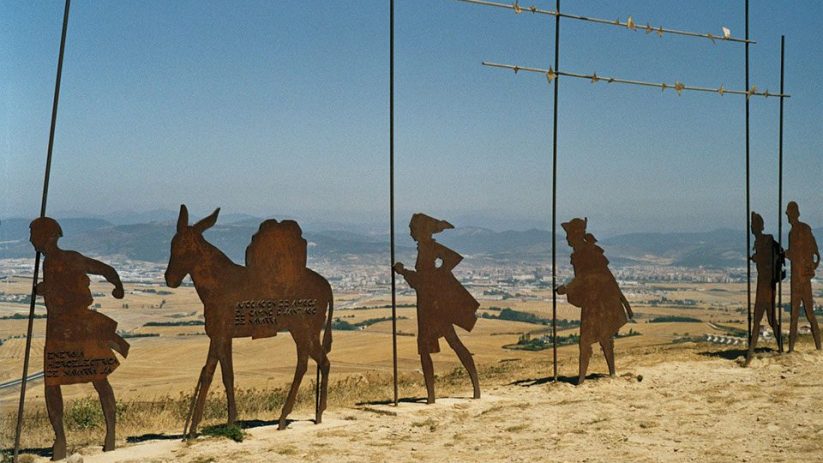Embarking on the Camino de Santiago, a revered pilgrimage route stretching across Spain and beyond, is both an exciting and challenging adventure. For many, it’s not just a physical journey but a spiritual and emotional one as well. Preparing for this trek is key to enjoying and completing it successfully. Here, we’ll explore how you can train for the Camino, ensuring you’re physically ready for this remarkable experience.
Understanding the Physical Demands: Train to Walk the Camino
First, it’s essential to understand what you’re preparing for. The Camino involves walking long distances daily, often over varied terrain. The length and difficulty depend on which route you choose, but it’s common to walk about 20-25 kilometres per day. We cover the average time frame you’ll need to complete the various routes in our blog post ‘How Many Days Does it Take to Walk the Camino de Santiago?’
1. Start Training Early for Your Camino Journey
Begin your training at least six months before your planned start date. This gives your body ample time to adapt to long-distance walking.
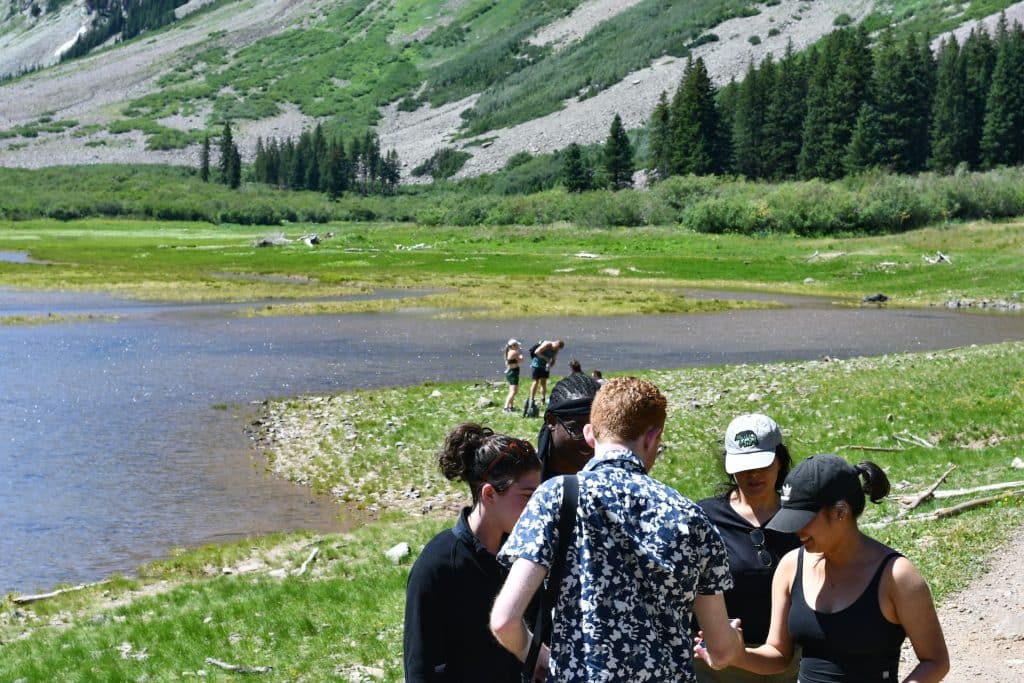
2. Create a Camino Training Plan
Starting early allows your body to gradually adapt to the rigours of long-distance walking. This slow build-up helps in strengthening muscles and improving endurance without overwhelming your body. For a more in-depth guide, we compiled a 6-month Camino plan in our Camino Fitness eBook.
3. Start Slowly
- Gradual Progression: Begin your training with short, manageable distances. Starting with walks of 3-5 kilometres is ideal.
- Weekly Increase: Increase your walking distance by about 10% each week. This gradual increase helps your body adapt without the risk of injury.
- Consistency: Regular walking, even short distances, builds a foundation of physical fitness and establishes a routine.
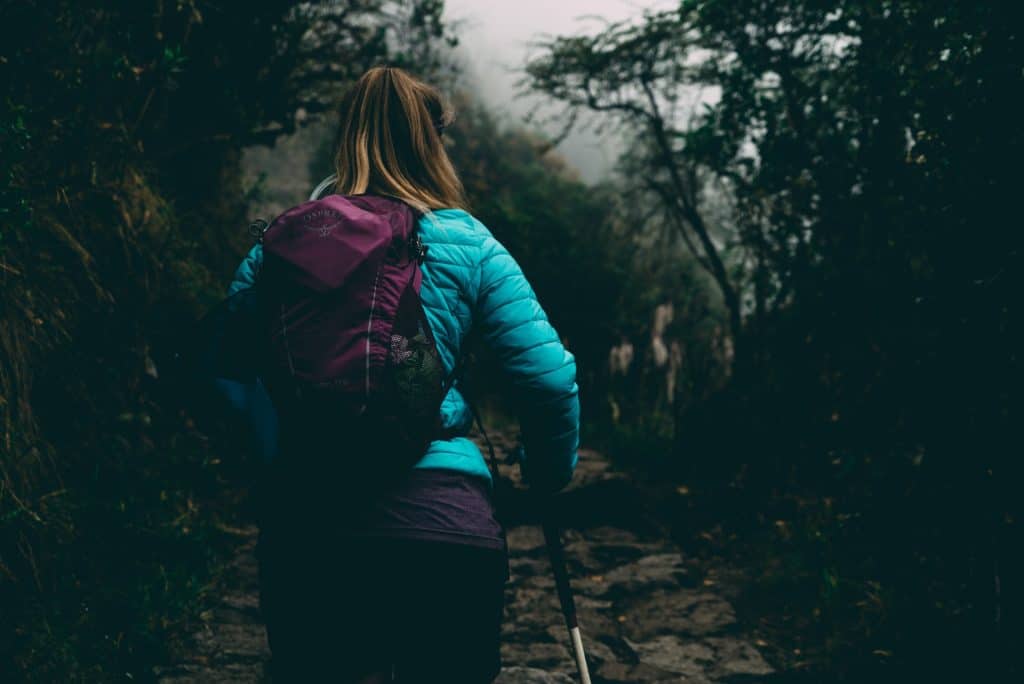
4. Build Endurance
- Longer Walks: Incorporate longer walks into your training, aiming for at least two per week. This increases your stamina and endurance.
- Distance Goal: By the end of your training, aim to comfortably walk 15-20 kilometres in a single day. This mirrors the average daily distances on many Camino routes.
- Pace Management: Learn to manage your pace during these longer walks, balancing speed with endurance.
5. Include Back-to-Back Walks
- Simulate Camino Conditions: Schedule consecutive days of long walks. This simulates the experience of walking day after day, as you will on the Camino.
- Recovery Insight: Understanding how your body recovers overnight, is vital for the multi-day nature of the pilgrimage.
6. Vary the Terrain
- Diverse Conditions: The Camino features a variety of terrains, including hills, flatlands, and rocky paths.
- Terrain Training: Train on similar terrains to prepare your body for these conditions. This helps in improving balance, strength, and agility.
- Footwear Testing: Use these varied terrains to test and break in your hiking shoes or boots.
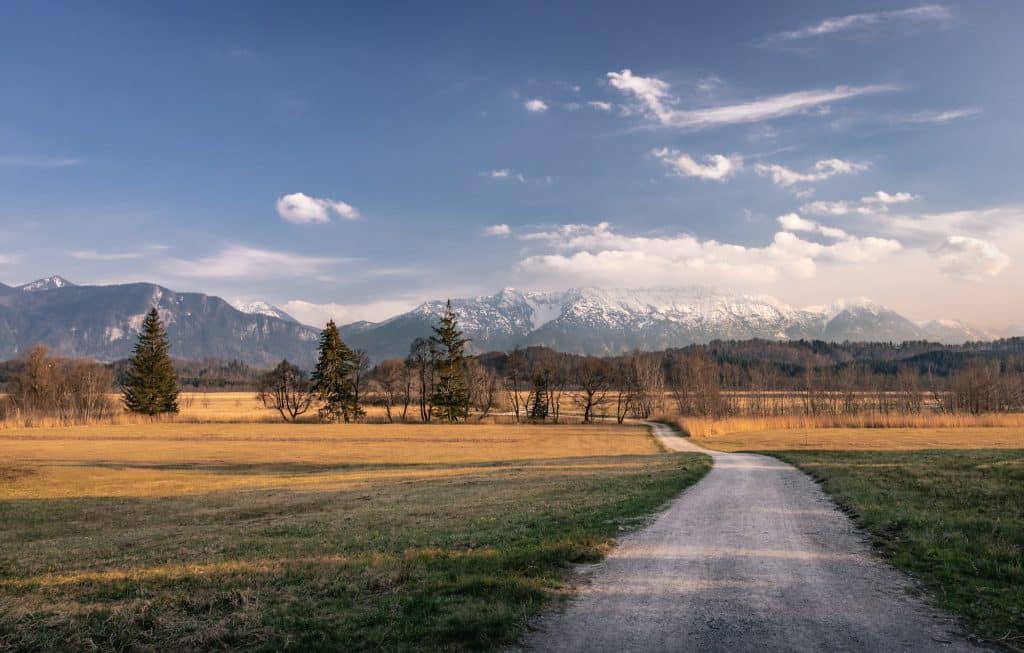
7. Practice with Your Backpack
- Realistic Simulation: Walk with the backpack you plan to carry during the Camino, gradually adding weight.
- Weight Adaptation: Start with a lighter load, progressively increasing the weight you expect to carry. This helps in adjusting to the physical strain.
- Gear Familiarisation: Use these walks to get used to the feel and fit of your backpack, making adjustments as needed.
This comprehensive approach ensures you’re not only physically ready but also familiar with the conditions and challenges of the Camino de Santiago. It’s about building up the physical capability, endurance, and practical skills needed for a successful pilgrimage.
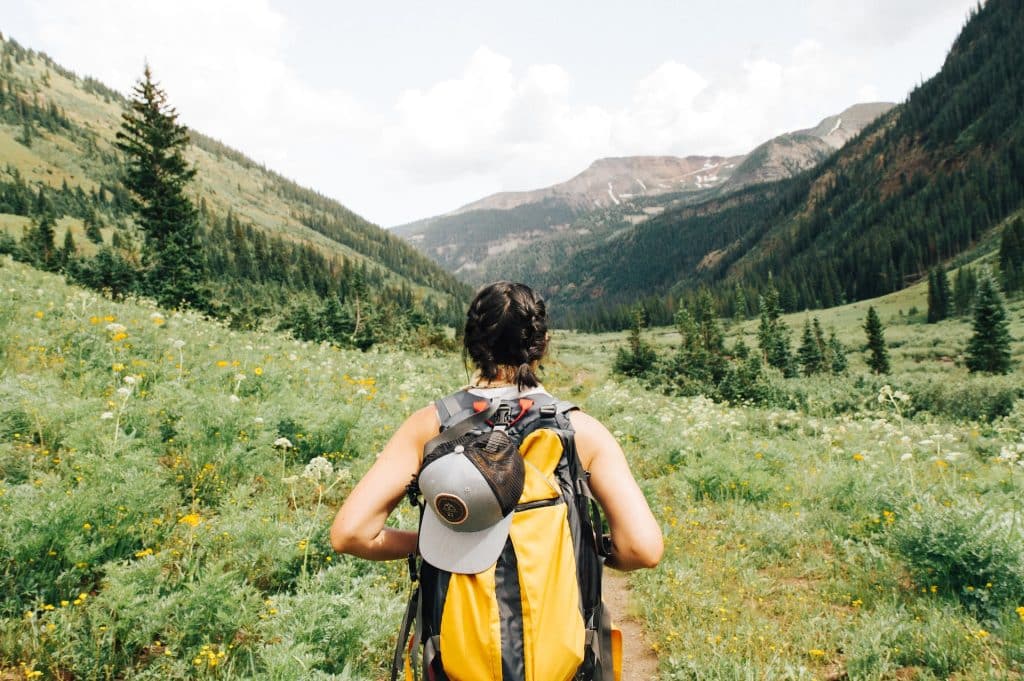
8. Strength and Flexibility: Key Components to Train to Walk the Camino
Alongside walking, you have ample time to incorporate flexibility and strength exercises into your regimen. These exercises are vital for a well-rounded fitness level that supports long-distance walking.
- Strength Training: Incorporate strength training exercises, particularly for your legs, core, and back. Strong muscles support your joints and reduce the risk of injury.
- Flexibility Exercises: Regular stretching improves flexibility and reduces muscle soreness. Yoga or Pilates can be excellent additions to your training regimen.
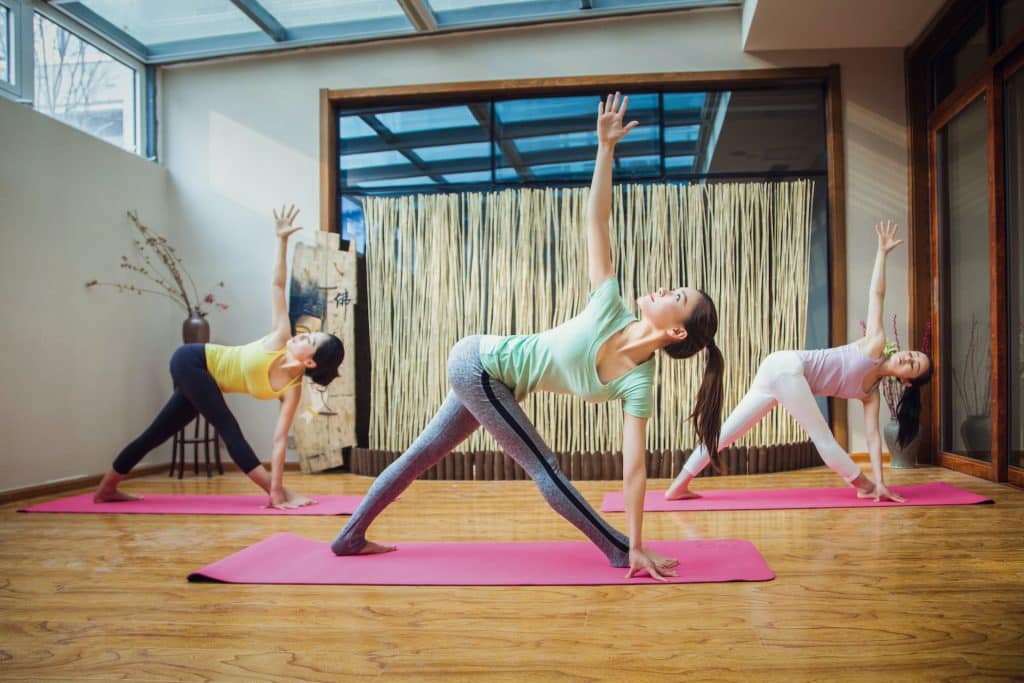
9. Foot Care and Proper Gear: Essentials in Training to Walk the Camino
This period allows you to break in your walking shoes and get accustomed to your backpack and other gear. Learning how to manage and adjust your equipment during training prevents discomfort and logistical challenges on the actual trek. Ensuring you have appropriate footwear and a fundamental understanding of foot care plays a vital role in achieving a rewarding Camino experience.
- Break in Your Footwear: Wear the shoes or boots you plan to use on the Camino during your training. Breaking them in is crucial to prevent blisters.
- Choose the Right Socks: Invest in good quality walking socks that wick away moisture and reduce friction.
- Test Your Gear: Use your training period to test other gear like walking poles, hats, and rain gear.
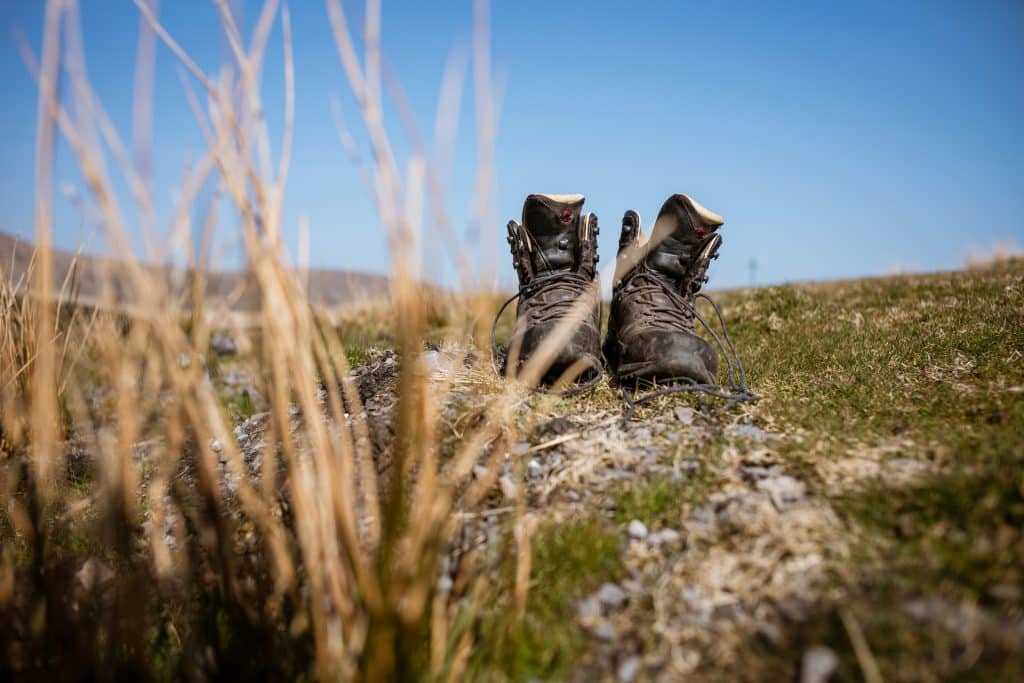
10. Listening to Your Body: A Vital Aspect of Training to Walk the Camino
- Rest and Recovery: Incorporate rest days into your training plan. Overtraining can lead to injuries.
- Stay Hydrated and Nourished: Practice good hydration and nutrition during your training walks. This habit is vital for long-distance walking.
11. Mental Preparation: An Integral Part of Training to Walk the Camino
The discipline and commitment needed for consistent training also prepare you mentally for the journey. It fosters a mindset of perseverance and resilience, which are essential for completing a long pilgrimage.
- Build Mental Stamina: Long-distance walking is as much a mental challenge as a physical one. Practice mindfulness and positive thinking during your training walks.
- Set Realistic Goals: Understand your limits and set achievable walking goals for each day on the Camino.
Training for the Camino de Santiago is about more than just getting physically ready; it’s about preparing your mind and spirit for the journey ahead. A well-thought-out training plan that includes physical preparation, proper gear selection, and mental readiness will enhance your Camino experience, making it not just doable but thoroughly enjoyable. Remember, the Camino is not a race; it’s a personal journey. Take your time, listen to your body, and embrace every step of this incredible adventure.
Train to Walk the Camino on Diverse Routes
The Camino offers a diverse array of routes catering to pilgrims of all levels and abilities, from the renowned Camino Francés to the scenic Coastal Camino Português Route. Additionally, the Lucca to Siena section of the Via Francigena in Tuscany presents a unique and captivating journey. Each route has its unique charm and challenges, ensuring that every pilgrim can find a path that resonates with their preferences and physical capabilities. Whether you’re a seasoned hiker or a beginner, the Camino has a route that will suit your needs and provide an unforgettable experience.
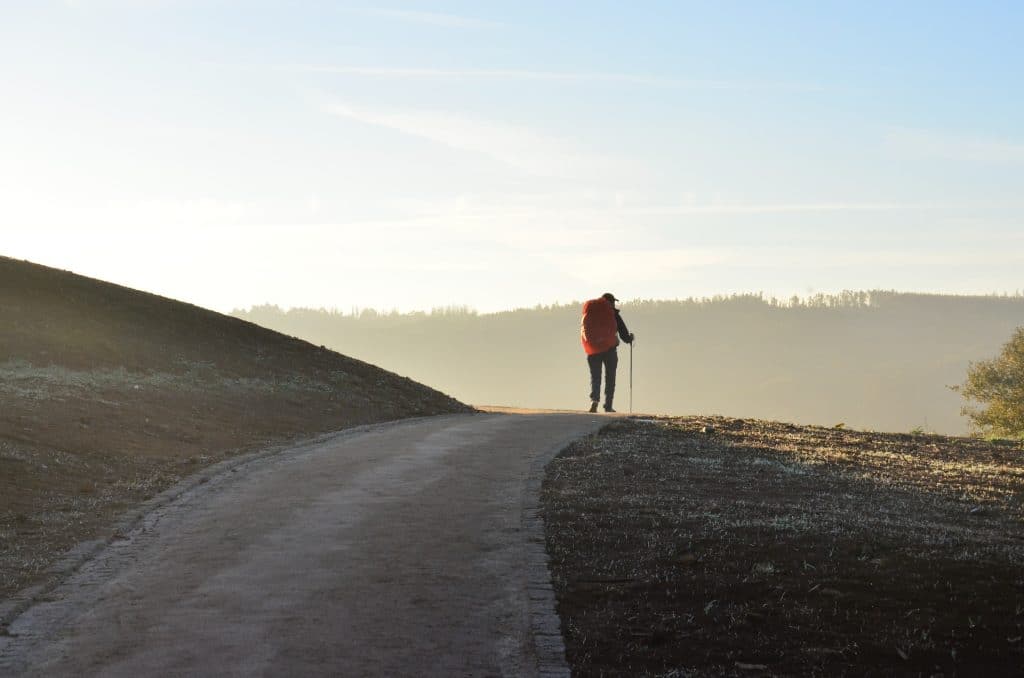
Train to Walk the Camino: Your Essential Fitness Guide
Our Camino de Santiago Fitness eBook gives the reader more in-depth workout routines, useful exercises and a step-by-step workout plan for your next walking adventure.
Preparing physically for a journey as grand as the Camino de Santiago can feel overwhelming. This trek might be among the longest walks you’ll ever embark on. To ease your preparation, consider utilising our Fitness eBook for helpful tips.
Embarking on the Camino de Santiago is a commitment to yourself and an opportunity to explore the world uniquely. Through diligent training and preparation, you’ll be well-equipped to enjoy every moment of this timeless pilgrimage, creating memories and experiences that will last a lifetime.
For more information on any other Camino de Santiago routes or to book your pilgrimage, contact us. Plan your trip effortlessly and get an instant quote with our Camino Planner.
